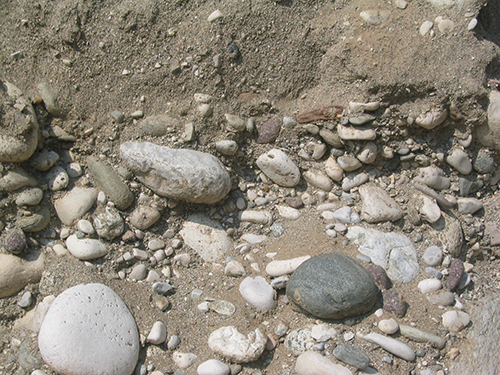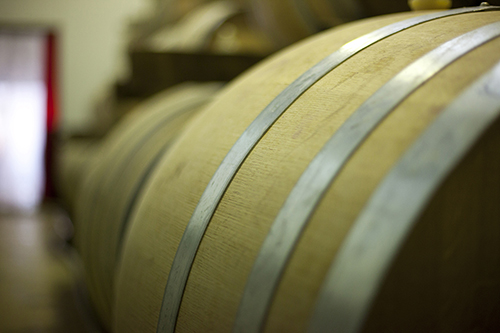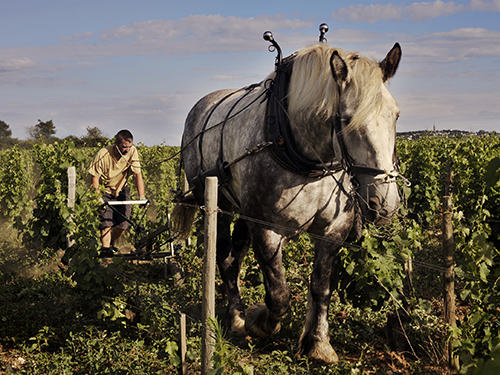What do you want to know about wine?
Most of our customers want us to send them technical notes (known as fiche techniques). In its starkest form, an FT is a spec/data sheet, the kind used in manufacturing to be read by computers. It is, in brief, a numbers game. There ain’t no vorsprung durch this technik. Wine, being a jazzier subject, its FT must needs contain more personable elements that mark one bottle from another, that tell the story behind the rigid facts.
Wine may seem to some (the buyer for a supermarket, for example) no more than the functional sum of its physical and chemical interventions. The product with the commercial purpose. One can decide how relevant this shorthand information is, however, when communicating about the wine to another person. The mistake is to see wine solely as its biochemical building blocks or ticked boxes.
Personally, I want information because I like to follow a wine’s journey from the final flavour back to its origins. That involves finding out loads of details. Learning about wine does involve deepening and broadening one’s education and delving into geography, geology, climatology, farming, microbiology, local history and regional culture, gastronomy as well as influences on the grower in question. All these elements and –ologies are contributory factors to the terroir and origin of the wine. Wine, after all, has this very potential to channel time and place.

As a grower, you should be proud to talk about your farming and the unique relationship between the vineyard, the vine, the land and the person.
A purist argument used by some terroirist-vignerons who don’t want their wines to be reduced to bullet points about the wine qua building blocks, is that a wine is not about glorified winemaking or the processing of materials into a commercial product. The wine is not made by a winemaker; it comes from nature and the vineyard and the process of farming grapes which are then transformed naturally, with interpretation of terroir and vintage being the primary objective. Talking about fermentation vessels, temperature control, racking etc is largely a distraction. In short, they would prefer to dismiss themselves from the equation. The vineyard made the wine, the vigneron delivered the wine as a midwife would a baby, and, from that point, the wine is the wine is the wine.
Other producers don’t buy into the mysteries of terroir in the same way. For them wine is little more than a juice that gives pleasure. Everything is fit for the barbecue or a celebration. They don’t want wine to be nerdjacked by tech-heads, so they surrender as little information as possible.

Neither of these positions is quite satisfactory. The more information one receives from the growers, the more one can boil it down to the real nitty-gritty and sell a story. If the FT is just giving thanks to the tanks, so meh, but if the details about winemaking are linked into a greater narrative, then that is useful.
On balance, then, I am on the side of fiche techniques, mainly for the reason that they might help to tell an interesting story. I want to know the origins of the wine and trace its ancestry back to a protoplasmal primordial atomic globule.
I want to know which way the wind blows in the vineyard and at what time. I want to know what the roots of each and every vine are interacting with. I want to know in what way the vigneron tends their vines and how that makes a difference. With such knowledge comes an understanding of what shaped this wine into its particular existence. When you visit a vineyard, you gain insight purely by being in the same environment as the vines. You can see how the vineyard is part of nature itself. You may see flowers, weeds, grass, bees, butterflies and birds. You can feel how the sunlight plays on the vines. You can sense an energy. All this is missing from the fiche technique, but is the sort of information that gives us a greater connection to that which we are buying and selling. And drinking!

The winemaking procedural is less interesting, but still important in the scheme of things. There is, of course, a reason for every action and outcome that helps to make a wine the singular thing that it is. Two vignerons may take the same grapes from the same vineyard harvested at the same time and something incredibly different will emerge from their respective wineries. Without the background story, however, such procedures differ only in minor detail and the average FT will make all wines sound the same.

